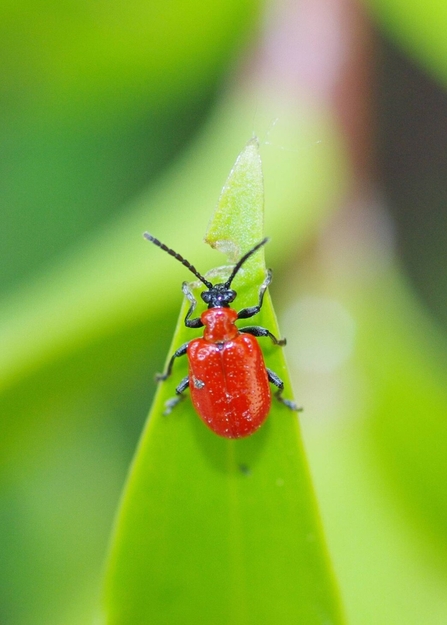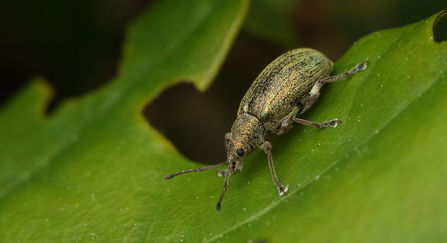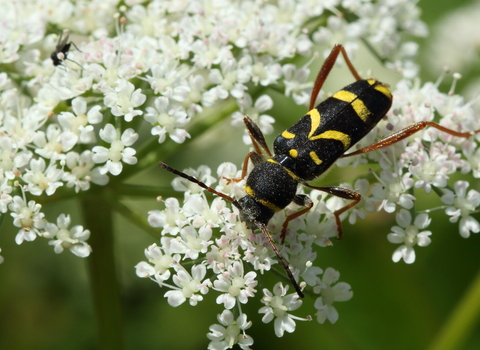Early June is considered by some entomologists to be ‘peak beetle’ season across the UK, when many species are out in force looking for a mate. Stag beetles are a classic example, with males locking their jaws and wrestling each other over mating sites.
However, conservationists fear that topsy-turvy weather in the spring – including an exceptionally cold April followed by a deluge of rain in May – could have had a detrimental impact on beetle populations this year.
In response, the 2021 Wild About Gardens 'Bring Back Our Beetles' campaign is calling on gardeners to support beetles by:
- Recording the different kinds found in their garden using iNaturalist – a popular nature app which helps people identify and record wildlife using their phone.
- Creating beetle banks in their garden, and planting species such as hawthorn, dogwood and hogweed, and herbs including angelica, fennel and chervil.



